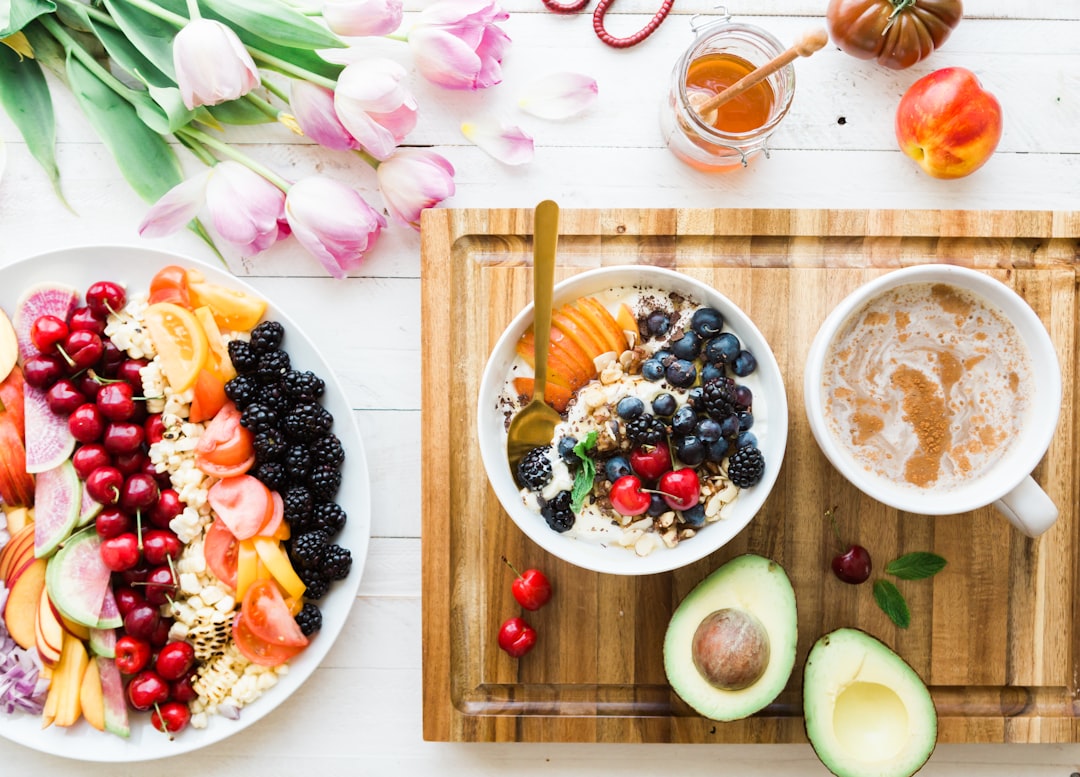What is it about?
A total of 100 Lactic acid bacteria (LAB) were isolated from a naturally fermented milk, Nono. Isolates from samples obtained from eight producers in South East Nigeria. Isolates were identified by phenotypic and genotypic techniques (rep-PCR genotyping and sequencing of the 16S rRNA, pheS and rpoA genes) and characterized for antimicrobial activity against foodborne pathogens, exopolysaccharide (EPS) production and survival at low pH and in the presence of bile salts. All isolates clustered into 11 distinct rep-PCR groups and were identified as Lactobacillus fermentum (40%), Lactobacillus delbrueckii (23%), Streptococcus thermophilus (22%) and Streptococcus infantarius (10%), Lactobacillus senioris (2%), Leuconostoc pseudomesenteriodes (2%) and Enterococcus thailandicus (1%). Lactobacillus fermentum showed broad spectrum antimicrobial activity and survived at low pH while Lactobacillus delbrueckii tolerated low pH and produced EPS. All isolates survived in vitro, on exposure to 1% (w/v) bile salts over a 3 hour period. L. fermentum; L.delbrueckii and S. thermophilus could be used to simulate the fermentation of Nono –like milk products
Featured Image

Photo by Michael Schiffer on Unsplash
Why is it important?
Identification of important isolates from traditional fermentation is important for upgrading the fermentation process. Lactobacillus fermentum (40%), Lactobacillus delbrueckii (23%), Streptococcus thermophilus (22%) are the key isolates involved in the traditional fermentation of Nono
Perspectives
Lactobacillus fermentum (40%), Lactobacillus delbrueckii (23%), Streptococcus thermophilus (22%) may be used to develop starter cultures for the fermentation of Nono
Professor Philippa C OJIMELUKWE
Michael Okpara University of Agriculture Umudike, Abia state, Nigeria
Read the Original
This page is a summary of: Identification and characterisation of the lactic acid bacteria associated with the traditional fermentation of dairy fermented product, Brazilian Journal of Microbiology, March 2021, Springer Science + Business Media,
DOI: 10.1007/s42770-021-00461-y.
You can read the full text:
Contributors
The following have contributed to this page










